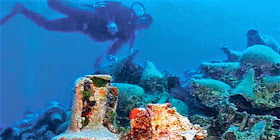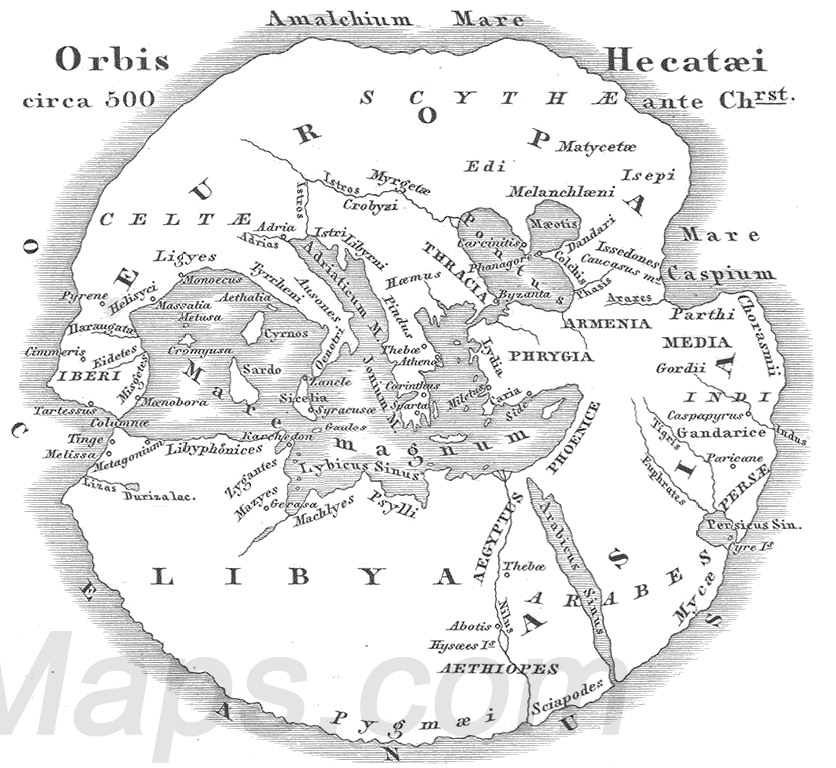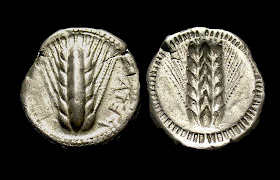I have been having trouble understanding the world and I needed a few days to process what has been happening. In 2014, the world burned. It burned everywhere. On every continent, there was death, famine and plagues. I think many had hoped that 2015 would be a turning point; a period of respite. A period to heal and revaluate. Then, on January 7th, two heavily armed and well-trained men entered the headquarters of the Paris-based satiric newspaper Charlie Hebdo and gunned down nineteen people; ten journalists and one police officer died, four were left critically injured and four more were wounded. Once returning outside, they gunned down and killed a second police officer before making their escape in a vehicle. All of this because of (negative) portrayals of the prophet Muhammad. All of this to sow hate.
They are dead now, these two men, as well as an accomplice who took four others into death with him as he hijacked a Jewish supermarket. As well as a former companion who was gunned down, as well as a police officer who paid the ultimate price. Over the course of three days, France burned. In the second week of the new year, France burned.
Charlie Hebdo posted satiric imaged of the prophet Muhammad. Portrayals of the prophet Muhammad are haram--sinful. It is forbidden. A Paris-based Islamic priest stated over the course of this disaster: you cannot become angry over the portrayals of the prophet of non-believers. That is not the prophet that is portrayed. Just like we roll our eyes when Zeus' head gets chopped off on Supernatural or our mythology gets butchered in some game or movie, you roll your eyes and disengage: those are not our Gods. And Charlie Hebdo slammed every religion, they slammed every political party, they slammed everything that deserved to be slammed--that is the purpose of satire. If some Christian church leader rapes a child, if some Muslim extremist guns down a school full of children, if political leaders step out of line, they and their ideals need to be examined. Hypocrisy does not exist in satire. Satire exists for a reason, as a way to take a humorous yet critical look at issues that exist in our society. It's not always kind--in fact, it's usually blunt--but it's a cornerstone of the people. It's not disrespectful, it's essential to keep sharp our minds.
There is a difference between satire and hate. Charlie Hebdo aims to make people think, not hate. Those who spread hate don't mean to inform, they don't encourage free thought: they encourage you to stop thinking entirely and follow their big mouths. That is not freedom of speech. That sort of behaviour should not be defended. That sort of behaviour is meant to incite and is as dangerous as a loaded gun. Despite their faults--and there are many--Charlie Hebdo is not dangerous. I am not going to make a saint out of the people who made (and make!) Charlie Hebdo--the paper is Islamophobic, homophobic and anti-democratic--but there is still no excuse for this blatant attack on freedom of speech.
'I am Charlie', or 'Je suis Charlie' was adopted to sympathise with the victims at the offices, but there is more to it than that--the words have come to mean more. They have come to mean that we choose our pen as a weapon to fight the fear. It has come to mean that we will not back down against extremists of any religious or political inclination. It has come to mean that we all stand together--Christian, Muslim, Jewish, Pagan, of any ethnicity and skin colour--against this violence. The pen is the law, the pen is freedom, the pen is a mightier weapon than the gun and it will always be so.
I am not Charlie in the traditional sense. I didn't appreciate the work of Charlie Hebdo, and I didn't engage with their content. I am not Charlie on a normal day, but there is no excuse for what happened at their main offices and in the days that followed. To butcher Voltaire: I am not Charlie, but I will defend to death their right to be. If that means that today, I am Charlie, then I am Charlie today and every day until every person's freedom of speech--including that of the Muslim people--is guaranteed. But if you spread hate and death, then you are not Charlie. If these attacks make you hate the Islam as a whole or make you angry and vengeful at Muslims, then you are not Charlie. If you spread racist images of the prophet in retaliation, then you are not Charlie.
Band together in these trying days, spread acceptance and strength. Look beyond religion, look beyond race, look beyond sexual orientation and gender. The world may be burning, but there are good people left in it. Find them. Be Charlie. Never forget.
Jean Cabut
He was a comic strip artist and caricaturist who worked on some of the biggest children's shows on French TV. His son was a famous troubled rocker in the 90’s who died of AIDS. He was a convicted pacifist. He was 75 years old.
Georges Wolinski
He was the typical sex obsessed and controversial cartoonist, he liked women and excesses, and was the most politic of all. He was 80 years old.
Stéphane Charbonnier
He was well known for his piss-shit sense of humour. “My only weapon is a pencil, I’ve no kids, no wife, I fear nothing. I’d die stood up rather than on my knees”. He was 45 years old.
Bernard Verlhac
He worked for a lot of French newspapers and magazines. He was 60 years old.
Bernard Maris
He was one of the most respected French Keynesian economists. He’s well known for being a usual consultant on TV news and magazines. He was there because he has a column in Charlie Hebdo. He was 68 years old.
Ahmed Merabet
Merabet, a beat bobby attached to the local police station near Charlie Hebdo, was killed at point blank range after challenging two gunmen as they escaped from the magazine’s offices. A Muslim originally from Tunisia, he was on patrol in the area and called to the scene. He was 42 years old.
Frédéric Boisseau
Boisseau was a maintenance worker who was in the reception area of the building housing the magazine with a colleague when the gunmen burst in and asked where Charlie Hebdo was located, after initially going to the wrong address. Boisseau, who had worked for the facilities management company Sodexo for 15 years, was shot dead. He was 42 years old.
Mustapha Ourrad
A subeditor on Charlie Hebdo, Ourrad, from the Kabylie region of Algeria, had previously worked for a magazine serving mutualist federations in France, Viva. He was an orphan who came to France at the age of 20 thanks to funding from friends, according to Le Monde. Friends respected the self-educated Ourrad for his erudition and self-deprecation. I do not know how old he was when he was killed.
Elsa Cayat
The only female victim of the initial Charlie Hebdo attack was a psychoanalyst, author and columnist on Charlie Hebdo. Cayat was at the magazine’s editorial meeting. Her column was entitled Charlie Divan (Charlie couch) and appeared every two weeks. She was 54 years old.
Michel Renaud
A visitor to Charlie Hebdo, Renaud, from Clermont-Ferrand, was a former journalist who founded a multi-cultural festival called “Le Rendez-vous du Carnet de Voyage” where artists and journalists from all around the world came to expose their work, in his home city in central France. He was 69 years old.
Philippe Honoré
Honoré was a self-educated artist who published his first illustration in the regional newspaper Sud-Ouest at the age of 16. He went on to work for major French dailies, including Le Monde and Libération, and had been with Charlie Hebdo since its foundation in 1992. He was 74 years old.
Franck Brinsolaro
Brinsolaro was the police bodyguard of Charlie Hebdo editor Stéphane Charbonnier. The officer, who had worked for the police protection service since 2013, was in the editorial room where the attack took place. He was 49 years old.
Clarissa Jean-Philippe
She was unarmed and directing traffic in Montrouge, in south Paris, when she was gunned down by a man wearing body armour and using an automatic assault rifle--the same man who would later execute the kidnappings in the Jewish supermarket. She was 27 years old.
Phillipe Braham
He was a teacher and survived by a wife and three kids. He was killed in the hostage situation taking place in the Jewish supermarket. He was in his forties.
François-Michel Saada
I don't know much about him. He, too, was killed in the hostage situation taking place in the Jewish supermarket. He was in his sixties.
Yohan Cohen
I don't know much about him, other than that he was well-loved. He didn't survive the supermarket hostage situation. He never got to make a great impression on this world. He was 22 years old.
Yoav Hattab
He was the son of Betto Hattab, the rabbi of La Grand Synagogue in Tunis. He, too, died in the supermarket. He was 21 years old.









